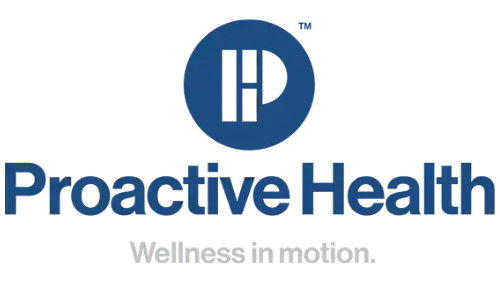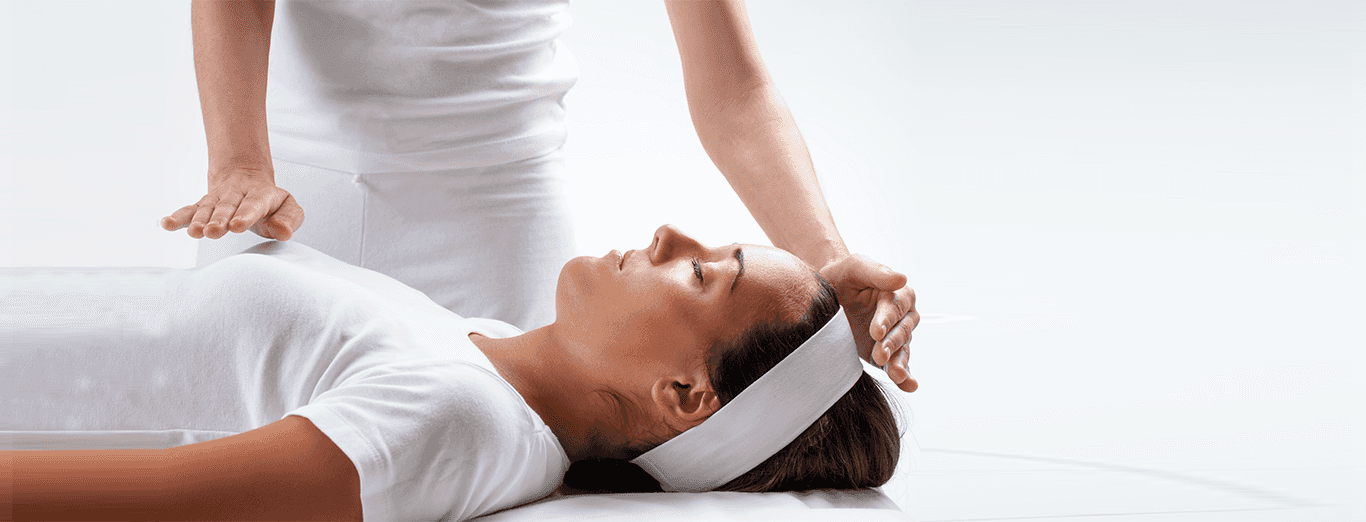Treating Conditions such as COPD with Specialized Respiratory Physiotherapy Techniques
Introduction to COPD and Respiratory Physiotherapy
Understanding Chronic Obstructive Pulmonary Disease (COPD)
Chronic Obstructive Pulmonary Disease (COPD) is a prevalent and serious health condition affecting millions worldwide. This progressive lung disease is characterized by increasing breathlessness.
- Definition and Prevalence
COPD is not one single disease but an umbrella term used to describe chronic lung conditions that obstruct airflow in the lungs. It is prevalent globally and a leading cause of morbidity and mortality. - Symptoms and Diagnosis
Symptoms often include breathing difficulty, cough, mucus (sputum) production, and wheezing. It’s typically diagnosed through spirometry, a noninvasive test to assess lung function.
Role of Respiratory Physiotherapy
Respiratory physiotherapy is a cornerstone in the management of COPD, enhancing the quality of life for patients by alleviating symptoms and improving lung function.
- Overview of Respiratory Physiotherapy
This specialized area of physiotherapy focuses on aiding patients in clearing excess mucus from their lungs, teaching breathing techniques, and improving physical stamina. - Benefits for COPD Patients
Techniques such as chest physiotherapy and targeted exercises improve breathing, increase lung capacity, and reduce the effort it takes to breathe. Registered Massage Therapy and Fascial Stretch Therapy can also play supportive roles by improving overall physical health and reducing stress, which can exacerbate COPD symptoms.
Specialized Physiotherapy Techniques for COPD
Breathing Exercises
Breathing exercises are a vital component of managing Chronic Obstructive Pulmonary Disease (COPD). They help strengthen lung capacity, improve oxygen intake, and ease the symptoms of breathlessness.
- Pursed Lip Breathing
This simple technique involves breathing in through the nose and exhaling slowly through pursed lips. It helps reduce shortness of breath by slowing the pace of breathing, making each breath more effective. - Diaphragmatic Breathing
Also known as belly breathing, this technique focuses on engaging the diaphragm more effectively. Patients are taught to breathe deeply into the belly, minimizing the work of breathing and improving ventilation.
Airway Clearance Techniques
Clearing the airways is crucial for COPD patients to reduce the risk of infections and maintain optimal lung function.
- Manual Chest Physiotherapy
This technique involves clapping on the chest and/or back to help loosen mucus so it can be more easily cleared by coughing or huffing. - Positive Expiratory Pressure (PEP) Therapy
PEP therapy uses a device to create pressure in the lungs and keep airways open. This helps move mucus into the larger airways where it can be coughed up more effectively.
Physical Strengthening and Conditioning
Strengthening the body is just as important as strengthening the lungs. Physical activities are adapted to each patient’s capabilities to improve overall stamina and respiratory health.
- Aerobic Exercises
Activities like walking, cycling, or water aerobics are effective for enhancing cardiovascular fitness and respiratory endurance. These exercises help improve the efficiency of oxygen use by the body and can lessen symptoms over time. - Resistance Training
Incorporating strength training, such as using light weights or resistance bands, can improve muscle strength, which in turn supports better breathing mechanics. Kinesiology services at Proactive Health can aid in designing personalized exercise programs that are safe and effective for COPD patients.
Integrating Physiotherapy into COPD Management
Individualized Treatment Plans
Each COPD patient presents unique challenges and needs, which is why Proactive Health focuses on personalized care.
- Assessment and Tailored Interventions
Initial assessments consider a patient’s medical history, current health status, and specific symptoms of COPD. Based on these assessments, physiotherapists devise tailored interventions aimed at maximizing lung function and reducing symptoms. - Goal Setting with Patients
Collaborative goal setting involves patients in their own care, ensuring they are motivated and understand the therapeutic objectives. This can range from improving daily activity levels to enhancing overall respiratory health.
Multidisciplinary Approach
An effective COPD management plan involves a team of healthcare professionals working together to provide comprehensive care.
- Collaboration with Healthcare Professionals
Physiotherapists work closely with doctors, nurses, and other specialists to ensure a coordinated approach to managing COPD. This collaboration helps optimize treatment plans and patient outcomes. - Holistic Care Strategies
The team considers all aspects of patient health, integrating Registered Massage Therapy, Kinesiology, and other therapies to support overall well-being and manage COPD symptoms effectively.
Impact of Physiotherapy on COPD Stages
Benefits Across Different COPD Stages
Physiotherapy plays a critical role at every stage of COPD, adapting to the evolving needs of patients as the disease progresses.
- Early Stages: Prevention and Slowing Progression
- In the early stages of COPD, physiotherapy focuses on preventing the progression of the disease through breathing exercises, aerobic conditioning, and education on lung health.
- Advanced Stages: Managing Symptoms and Improving Quality of Life For patients in advanced stages, physiotherapy aims to manage symptoms and complications. Techniques like airway clearance and oxygen therapy are vital in maintaining lung function and enhancing life quality.
Patient Education and Self-Management
Educating Patients on COPD
Understanding COPD is essential for effective management of the condition.
- Understanding the Disease Process
Educating patients about the causes, symptoms, and progression of COPD empowers them to participate actively in their own care. - Recognizing and Managing Flare-ups:
Teaching patients to identify early signs of exacerbations and appropriate response strategies is crucial in avoiding emergency situations.
Self-Management Techniques
Effective self-management is key to controlling COPD symptoms and improving day-to-day functioning.
- Techniques for Daily Activities
Patients learn how to conserve energy, manage breathlessness during activities, and use Active Rehab strategies to maintain independence. - Lifestyle Modifications
Guidance on smoking cessation, nutritional counseling, and stress management are integral parts of the self-management education that help mitigate the effects of COPD.
For personalized care and the latest in diagnostic tools in physiotherapy, consider booking an appointment with Proactive Health. Our comprehensive services include Physiotherapy, Registered Massage Therapy, Kinesiology, Fascial Stretch Therapy, Active Rehab, and Bodyworker sessions.



